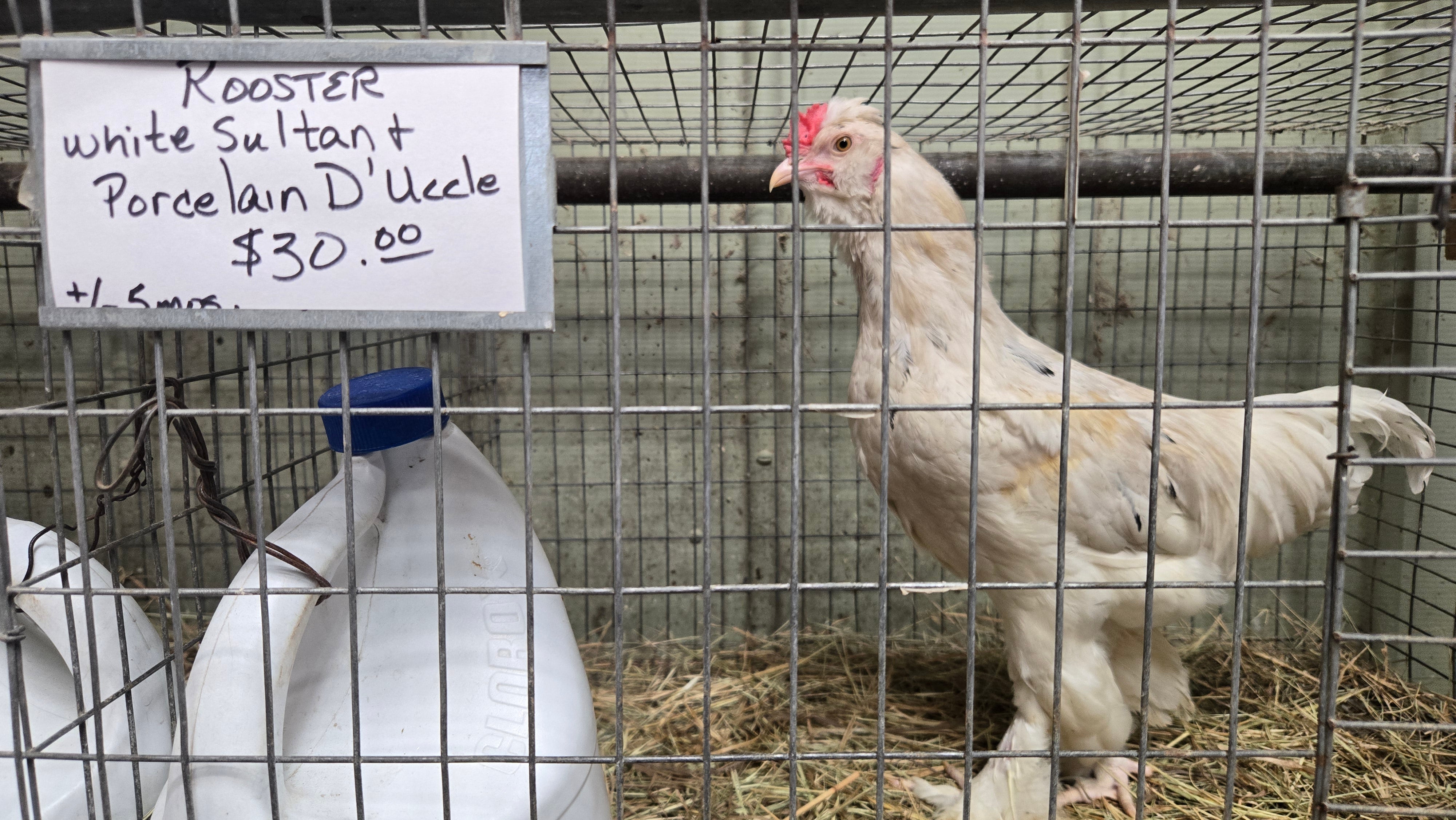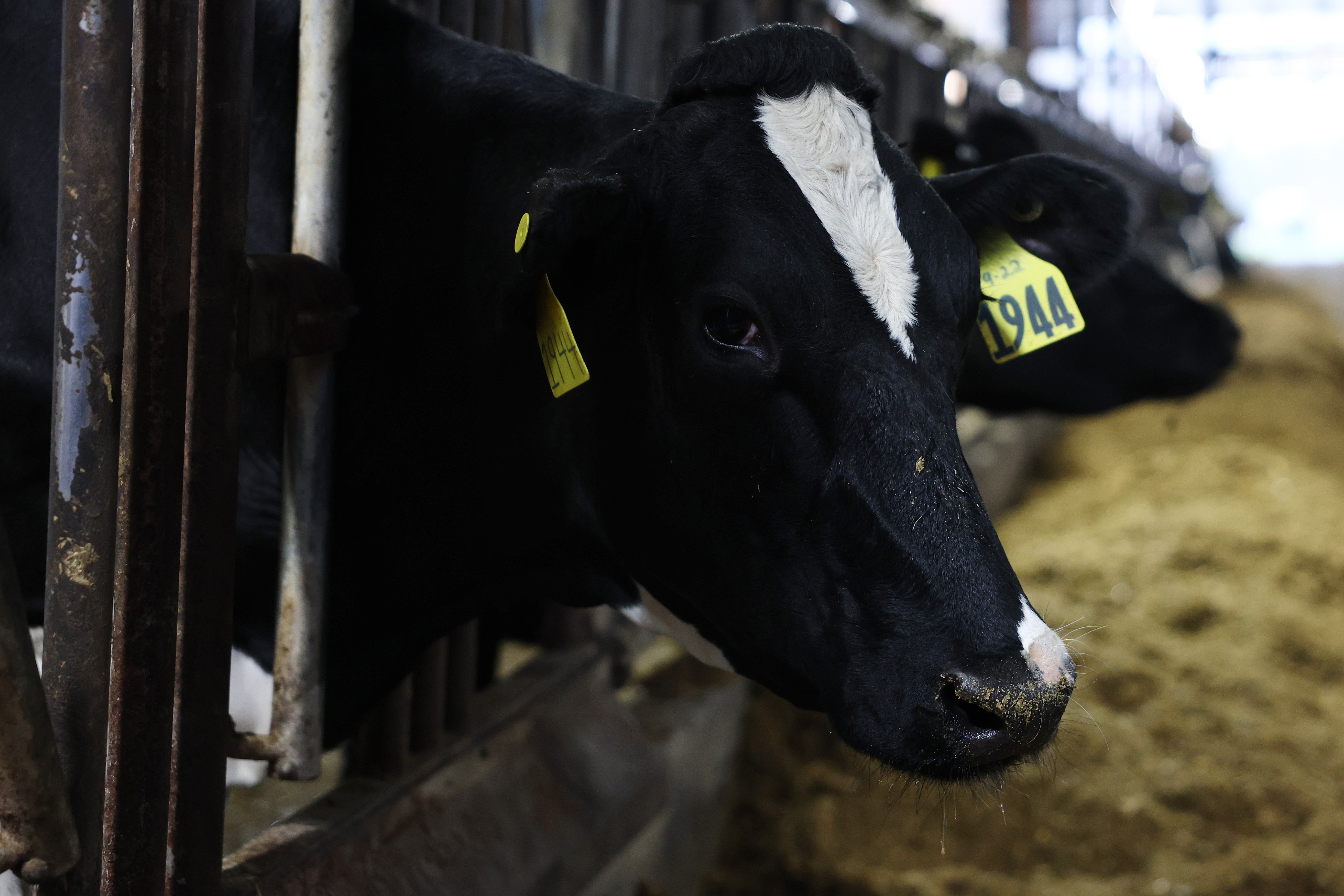Scientists announced this week that a vaccine under development has demonstrated the ability to protect mice against a deadly variant of bird flu.
The University of Buffalo researchers say that their process could be critical for the nation’s response to bird flu strains as they mutate and continue to sicken humans, infect dairy cows, lead to the killing of millions of poultry birds and contribute to painful nationwide egg shortages.
“We obviously have a lot more work to do, but the results thus far are extremely encouraging,” Dr. Jonathan Lovell, a professor in the Department of Biomedical Engineering, said in a statement.
Lovell is the lead author of the associated study published Thursday in the journal Cell Biomaterials.

The work focused on the H5N1 variant known as 2.3.4.4b, which has caused widespread outbreaks in wild birds and poultry, in addition to infecting dairy cattle, house cats, sea lions, and other mammals.
In their research, the scientists developed a process for creating the experimental vaccine by focusing on two key proteins that help form the virus — both H5 and N1. The process was called a “vaccine platform,” which Lovell says could set the vaccine apart from other bird flu vaccines currently approved for human use and help to tackle future and stronger strains.
The process adds the building blocks of proteins that are known as “his-tags” to H5 and N1. It combines the his-tags and proteins with tiny sacs made of cobalt, the organic compound porphyrin, and an essential component of cell membranes. Then, they add adjuvants, which are ingredients used to ramp up vaccine strength.
The result is what’s known as a “recombinant protein vaccine.” It’s made without live or dead versions of H5N1, relying on bits of genetic material from the virus to trigger the mouse’s immune response.

While standard influenza shots are manufactured using virus grown in eggs, recombinant shots are egg-free.
“Because our vaccine does not require the use of eggs in the manufacturing process — as many influenza vaccines do — it is potentially a faster and more efficient way to protect humans and animals from deadly strains of bird flu,” Lovell said.
To test the vaccine, they used doses that contained H5 and N1 alone and the two proteins combined. They found that targeting H5 alone provided complete protection, while N1 gave partial protection. Those that contained both proteins also provided complete protection, but did not outperform H5 by itself.
Lovell says those results show the important role that the H5 protein plays in developing immunity to bird flu. H5 doses help the body remember and destroy the intruder. Whereas, N1 doses reduce the severity of illness.
The team plans to work more on the vaccine candidate, testing different doses and conditions.
“These bivalent formulations could be extremely advantageous as H5N1 evolves,” he said.

 1 day ago
6
1 day ago
6








